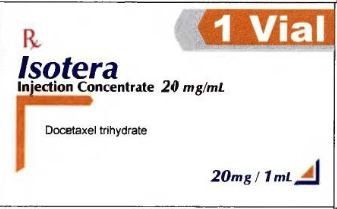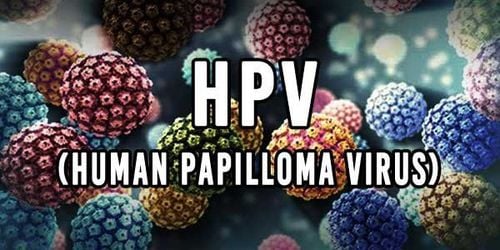This is an automatically translated article.
Head and neck cancers usually start in the squamous cells on the mucosal surface (eg, inside the mouth, nose, and throat). Squamous cell cancer is also known as squamous cell carcinoma of the head and neck.
1. Classification of head and neck cancer
Head and neck cancer begins when cells in one part of the head or neck grow out of control and crowd out normal cells. Cancer cells in the head or neck can sometimes metastasize to the lungs and grow there.
Cancer of the head and neck is classified according to the area in which it begins to grow. Includes the following areas:
1.1 Oral cavity Includes the lips, the front two-thirds of the tongue, the gums, the inner lining of the cheeks and lips, under the tongue, the roof of the mouth, and the small area of the gums behind the wisdom teeth.
1.2 Throat The pharynx is a hollow tube that begins behind the nose and leads to the esophagus. It has three parts: the nasopharynx, the pharynx, and the lower part of the pharynx.
1.3 Larynx The larynx is formed by cartilage just below the pharynx in the neck. The larynx contains the vocal cords. It also has a small piece of tissue, called the epiglottis, that moves to cover the larynx to prevent food from entering the airways.
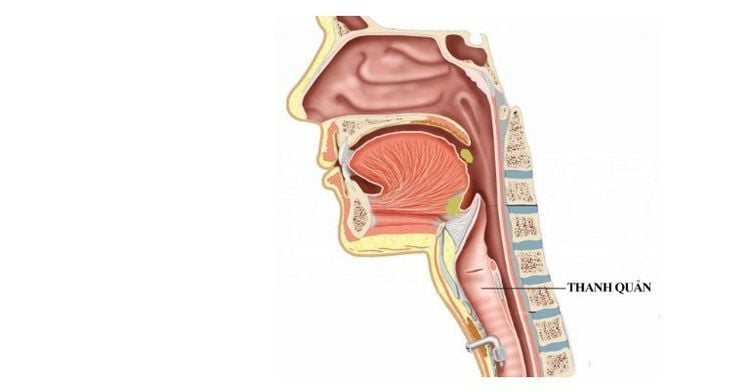
Vị trí thanh quản
1.4 Paranasal sinuses and nasal cavity These are small hollow spaces in the bones of the head that surround the nose. The nasal cavity is the hollow space inside the nose.
1.5 Salivary Glands The major salivary glands are located on the floor of the mouth and near the jawbone, where saliva is produced.
2. Causes of head and neck cancer
2.1 Alcohol and Tobacco Use Alcohol and tobacco use are the two highest risk factors for head and neck cancer, especially cancers of the oral cavity, nasopharynx, and larynx.
2.2 Human papillomavirus (HPV) Cancer associated with human papillomavirus (HPV), especially HPV 16 is a risk factor for certain types of head and neck cancers, especially nasopharyngeal cancer involving the tonsils or the base of the tongue.

Virus HPV
2.3 Occupational exposure Several exposures such as exposure to asbestos and synthetic fibers, wood dust or nickel or formaldehyde have been linked to laryngeal cancer. People who work in construction, metalworking, textiles, ceramics, logging, and food may have an increased risk of laryngeal cancer.
2.4 Other risk factors Other risk factors for head and neck cancer include:
Consumption of preserved or salted foods is also a risk factor for oropharyngeal cancer. Poor oral hygiene may be a weak risk factor for oral cavity cancer. Radiation exposure is a risk factor for cancer of the salivary glands. Epstein-Barr virus infection is a risk factor for nasopharyngeal and salivary gland cancers.
3. What are the symptoms of head and neck cancer?
Symptoms of head and neck cancer can include persistent pain in the throat, difficulty swallowing, and a change or hoarseness. In addition, symptoms can affect specific areas of the head and neck such as:
The oral cavity will appear a white or red patch on the gums, tongue or oral mucosa; swelling of the jaw that causes dentures to not fit properly or become uncomfortable; and unusual bleeding or pain in the mouth. throat becomes difficult to breathe or speak; pain when swallowing; pain in the neck or throat that does not go away; frequent headaches, pain or ringing in the ears. The sinuses are blocked; chronic sinus infections that do not respond to antibiotic treatment; nosebleed; frequent headaches, swelling, or other problems with your eyes; pain in the upper teeth. Swelling under the chin or around the jawbone, numbness or paralysis of the muscles in the face, or pain in the face, chin, or neck that doesn't go away.

Cổ họng khó nuốt và đau cảnh báo ung thư đầu và cổ
4. How to reduce your risk of developing head and neck cancer
Giving up smoking and drinking habits Good oral hygiene and avoiding oral infections can reduce the risk of HPV-related head and neck cancers. However, there is still no approved vaccine to prevent oropharyngeal cancer. When there are abnormal symptoms, it is necessary to immediately seek medical attention for examination and diagnosis.
5. Diagnosis and treatment of head and neck cancer
To diagnose head and neck cancer, your doctor will conduct a medical history, physical assessment, and perform diagnostic tests. The performance of tests depends on the symptoms that appear on the patient's body.
Treatment for head and neck cancer may include surgery, radiation therapy, chemotherapy, targeted therapy, or a combination of treatments.
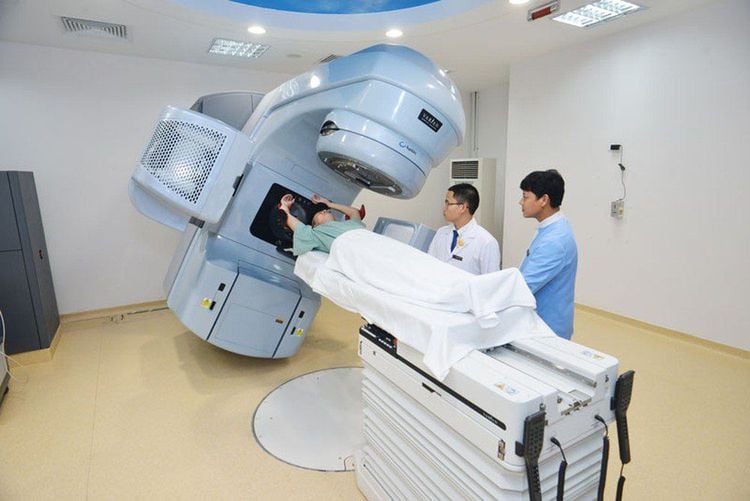
Điều trị ung thư đầu và cổ bằng phương pháp xạ trị
6. Side effects of head and neck cancer treatment
Patients after surgery for head and neck cancer often change their ability to chew, swallow or talk. The patient's face and neck may be swollen after surgery, but the swelling usually goes away within a few weeks. Patients with laryngectomy or other surgeries of the neck and throat may feel numb because the nerve has been cut. If the lymph nodes in the neck are removed, the patient's shoulder and neck may become weaker than usual. Radiation therapy patients may experience redness, irritation and sores in the mouth, dry mouth, difficulty swallowing, changes in appetite, and nausea. Other problems that can occur during treatment are loss of taste, which can reduce appetite and affect nutrition, and ear pain.
7. Post-treatment recovery treatments for head and neck cancer patients
Rehabilitation is a very important part of the process of helping a patient return to a normal life.
Depending on the location of the cancer and the type of treatment, rehabilitation methods may include physical therapy, dietary counseling, speech therapy. For patients who have undergone laryngectomy, an opening is attached to the trachea so that the patient can breathe after the laryngectomy. For patients with oral cavity cancer, after treatment, patients may need to undergo reconstructive surgery and plastic surgery to rebuild bone or tissue.
Patients may also have difficulty speaking after treatment and need speech therapy. Speech therapy is usually continued after the patient returns home.
Eating can also become more difficult after a patient is treated for head and neck cancer. Some patients need to use a feeding tube until they are able to feed themselves.
8. Care and follow-up after treatment
Depending on the type of cancer, the doctor will perform appropriate medical examinations such as stomatal examination, routine dental examination, etc. Sometimes, the doctor may perform a complete physical examination. , blood tests, x-rays and computed tomography (CT) scans, positron emission tomography (PET) or magnetic resonance imaging (MRI) to monitor the patient's health. Your doctor will also likely monitor your thyroid and pituitary gland function if you receive radiation treatment.
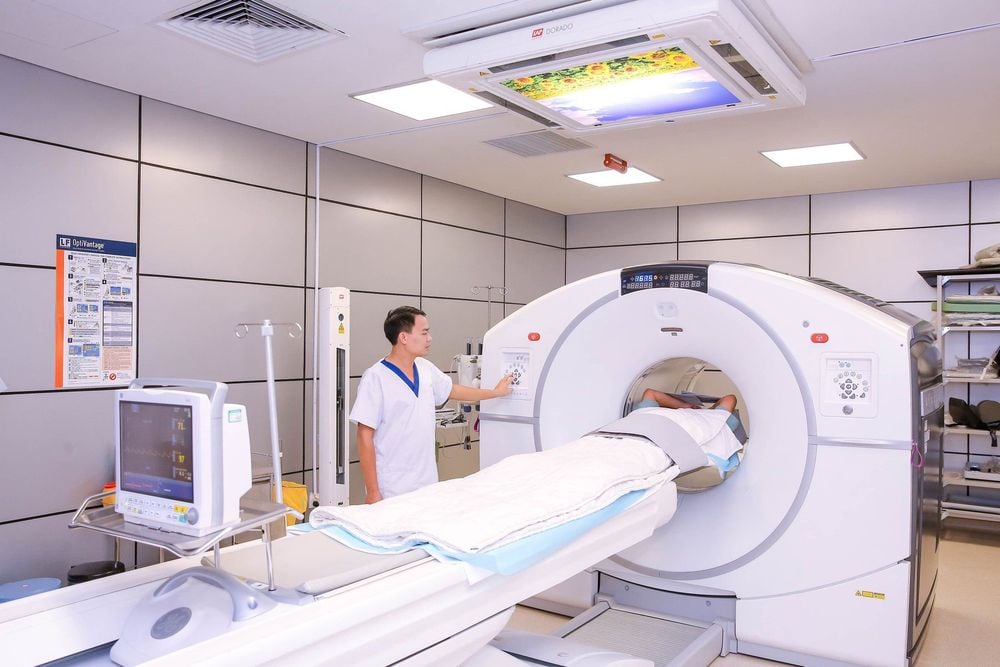
Chụp cắt lớp vi tính (CT) giúp kiểm tra thể chất hoàn chỉnh
To register for medical examination and treatment at Vinmec International General Hospital, you can contact Vinmec Health System nationwide, or register online HERE.
Articles refer to the source: cancer.net
SEE MORE:
Evaluation of the results of two years of chemotherapy and radiotherapy and the use of Vmat technique in the radical treatment of some head and neck cancers Evaluate the setting error of radiation patients Treatment of head and neck cancer using a 3-point fixed mask Immunotherapy with Keytruda in patients with head and neck cancer: Changing clinical practice






